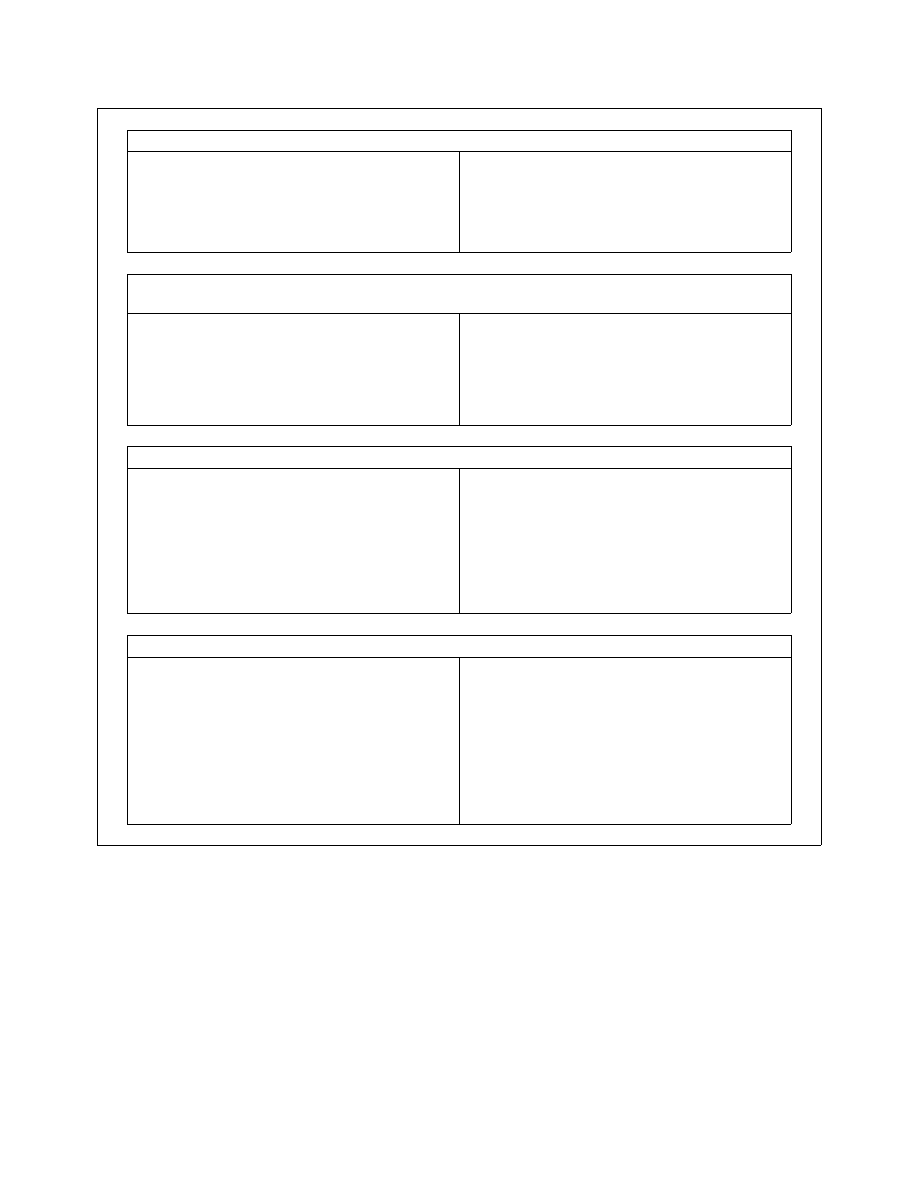
4/20/23
AIM
Wake Turbulence Encounters
Pilot should:
Contact ATC and request vector, FL change or,
if capable, a lateral offset
Turbulence.
Controller should:
Issue vector, FL change or lateral offset
clearance, traffic permitting
6 explains “traffic permitting.”
“Unable RVSM Due Equipment”
Failure of Automatic Altitude Control System, Altitude Alerter or All Primary Altimeters
Pilot will:
Contact ATC and state “Unable RVSM Due
Equipment”
Request clearance out of RVSM airspace unless
operational situation dictates otherwise
Controller will:
Provide 2,000 feet vertical separation or
appropriate horizontal separation
Clear aircraft out of RVSM airspace unless
operational situation dictates otherwise
One Primary Altimeter Remains Operational
Pilot will:
Cross check stand
−
by altimeter
Notify ATC of operation with single primary
altimeter
If unable to confirm primary altimeter accuracy,
follow actions for failure of all primary altimeters
Controller will:
Acknowledge operation with single primary
altimeter
Transponder Failure
Pilot will:
Contact ATC and request authority to continue
to operate at cleared flight level
Comply with revised ATC clearance, if issued
NOTE
−
14 CFR Section 91.215 (ATC transponder and altitude
reporting equipment and use) regulates operation with the
transponder inoperative.
Controller will:
Consider request to continue to operate at
cleared flight level
Issue revised clearance, if necessary
4
−
6
−
10. Procedures for Accommodation of Non
−
RVSM Aircraft
a. General Policies for Accommodation of Non
−
RVSM Aircraft
1.
The RVSM mandate calls for only RVSM authorized aircraft/operators to fly in designated RVSM
airspace with limited exceptions. The policies detailed below are intended exclusively for use by aircraft that the
FAA has agreed to accommodate. They are not intended to provide other operators a means to circumvent the
normal RVSM approval process.
2.
If the operator is not authorized or the aircraft is not RVSM
−
compliant, the aircraft will be referred to
as a “non
−
RVSM” aircraft. 14 CFR Section 91.180 and Part 91, Appendix G, enable the FAA to authorize a
deviation to operate a non
−
RVSM aircraft in RVSM airspace.
Operational Policy/Procedures for Reduced Vertical Separation Minimum (RVSM) in the
4
−
6
−
9
Domestic U.S., Alaska, Offshore Airspace and the San Juan FIR